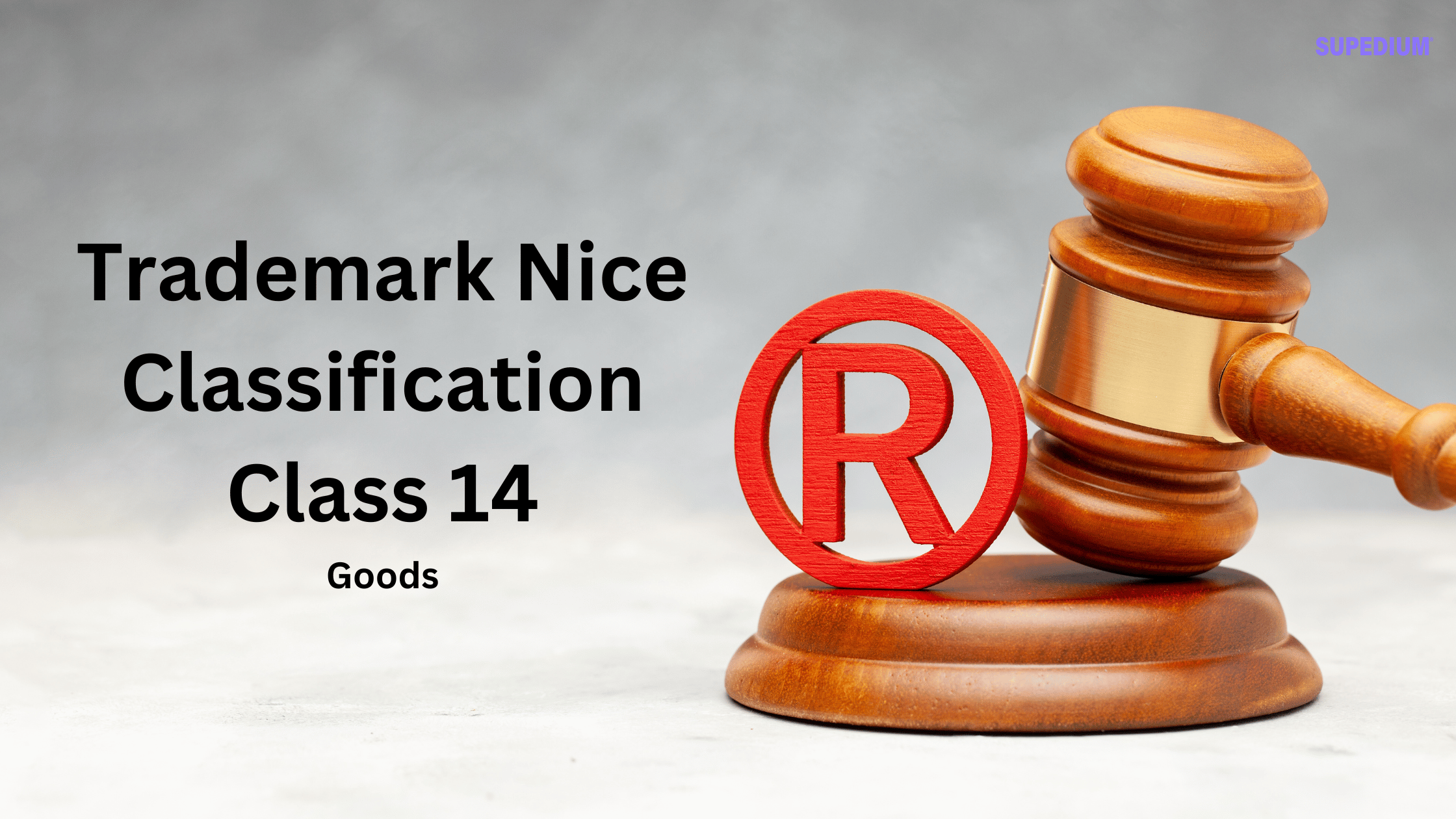Table of Contents
![]()
I. Introduction
Trademark classifications are essential for organizing goods and services in a way that facilitates registration and protection of intellectual property. The Nice Classification system, established by the Nice Agreement in 1957, categorizes various goods and services into distinct classes. Among these, Class 14 plays a crucial role in encompassing a range of valuable items, including precious metals, jewellery, and horological instruments. This article provides an in-depth look at Class 14, highlighting the types of goods included, specific items categorized, exclusions, and implications for trademark registration.
II. Overview of Class 14
Class 14 primarily pertains to precious metals and certain goods crafted from or coated with these metals. This classification not only covers jewellery but also includes timepieces and their component parts. Given the luxurious and high-value nature of these items, Class 14 is particularly significant for businesses involved in the jewellery and watch industries, as proper classification can aid in securing legal protection and exclusive rights to use specific trademarks.
III. Goods Included in Class 14
A. Precious Metals
Class 14 includes various precious metals such as gold, silver, and platinum, along with their alloys. These metals are essential for crafting jewellery and other high-value items. Their significance extends beyond mere aesthetics; they are also regarded as investments and symbols of wealth.
B. Jewellery
Jewellery is a central component of Class 14. This category encompasses a broad range of items, including:
- Rings, necklaces, bracelets, and earrings: These are traditional jewellery pieces often crafted from precious metals and stones.
- Imitation jewellery: Also known as costume or paste jewellery, these items mimic the appearance of real jewels but are made from less expensive materials.
Additionally, Class 14 includes:
- Cuff links, tie pins, and tie clips: Essential accessories that add a touch of elegance to men’s attire.
- Key rings, key chains, and charms: Items that serve both functional and decorative purposes.
- Jewellery boxes: These are designed to store and protect jewellery pieces.
C. Horological Instruments
The classification also encompasses horological instruments, which are devices for measuring time. This includes:
- Clocks and watches: Ranging from simple designs to intricate timepieces, these items are not only functional but also serve as status symbols.
- Component parts: Class 14 covers various parts essential for the functioning of watches and clocks, such as movements, clock hands, watch springs, and watch crystals.
IV. Detailed List of Specific Items in Class 14
A. Jewellery Items
Within Class 14, the diversity of jewellery items is vast. Each type carries its own significance, whether it’s a simple gold ring or an elaborate diamond necklace. Imitation jewellery has gained popularity, allowing consumers to enjoy fashionable pieces without the high costs associated with genuine precious stones.
B. Accessory Items
In addition to jewellery, Class 14 includes various accessory items. Key rings and chains often serve as personalized gifts or promotional items, while jewellery boxes are not only practical but also contribute to the aesthetic appeal of the jewellery they hold.
C. Component Parts
The inclusion of component parts in Class 14 highlights the complexity of the jewellery and horological industries. Components like clasps, beads, and movements are crucial for the assembly and repair of jewellery and timepieces, ensuring functionality and durability.
V. Exclusions from Class 14
A. Goods that Fall Under Other Classes
Not every item associated with precious metals or jewellery falls under Class 14. Certain goods are classified in different categories, such as:
- Smartwatches (Class 9): These devices blend technology with traditional watch functions, necessitating a different classification.
- Charms for non-jewellery purposes (Class 26): Items that serve decorative functions outside of jewellery do not qualify for Class 14.
B. Objects of Art
Artistic objects made from precious metals but not intended as jewellery may be classified according to their material composition. For example, works of art made from metal may fall under Class 6, while those crafted from stone or wood belong to Classes 19 and 20, respectively.
C. Function-based Classifications
Certain goods made from precious metals are classified based on their intended function. Items such as dental amalgams (Class 5) and electric contacts (Class 9) illustrate this principle, emphasizing that classification depends not only on material but also on the purpose of the item.
VI. Implications for Trademark Registration
A. Importance of Correct Classification
For businesses, correctly classifying goods under Class 14 is vital for securing trademark rights. A precise classification ensures that trademarks are enforceable and can help prevent infringement by competitors.
B. Consequences of Misclassification
Misclassification can lead to legal complications, including challenges in defending trademark rights. It may also result in the inability to obtain protection for certain products, leaving brands vulnerable to imitation and loss of market share.
C. Best Practices for Businesses in Class 14
To navigate the complexities of trademark registration effectively, businesses should:
- Conduct thorough research on classification standards.
- Consult legal professionals specializing in intellectual property.
- Regularly review and update their trademark portfolios to ensure compliance with evolving regulations.
VII. Conclusion
Class 14 of the Nice Classification system serves as a crucial framework for categorizing precious metals, jewellery, and horological instruments. Understanding the nuances of this classification is essential for businesses aiming to protect their intellectual property in these valuable markets. As trends evolve and the industry adapts, proper trademark registration remains vital for safeguarding brands and ensuring long-term success in the competitive jewellery and watch sectors.
Share This





Be the first to comment